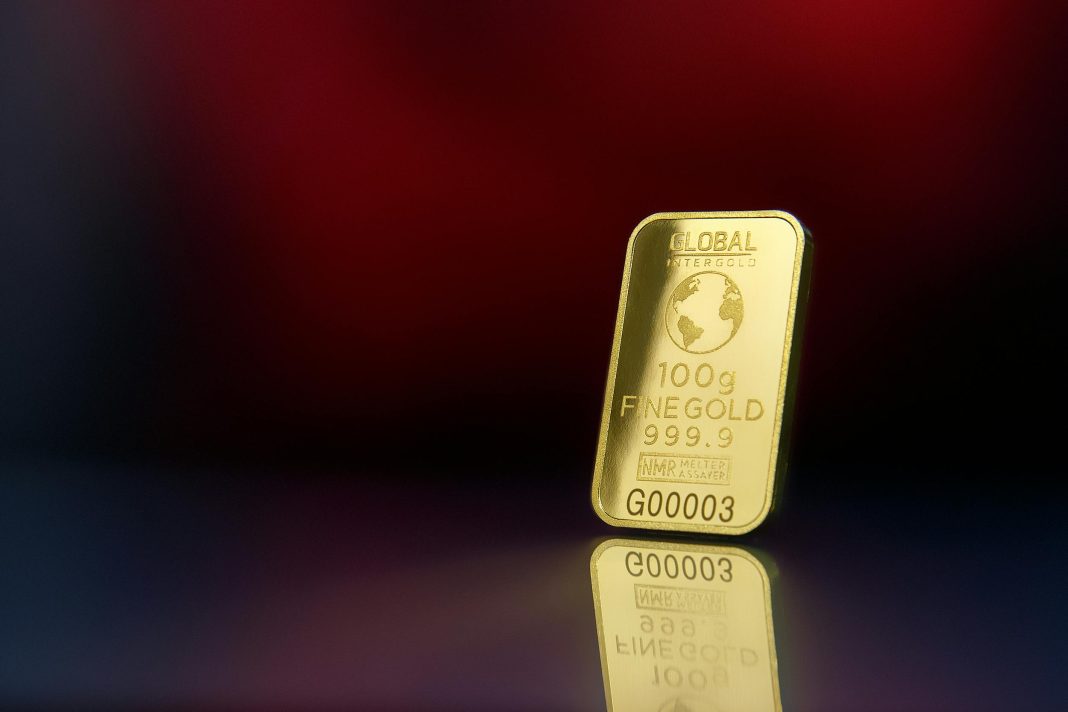Investing in gold and precious metals has been a trusted strategy for wealth preservation and portfolio diversification for centuries. Amidst economic uncertainties, geopolitical tensions, and inflationary pressures, these tangible assets often emerge as a beacon of stability and security. This beginner’s guide offers a comprehensive overview of the fundamentals of investing in gold and precious metals, providing essential insights for those looking to navigate this timeless investment avenue.
Why Invest in Gold and Precious Metals?
Before diving into how to invest, it’s crucial to understand why gold and precious metals are considered valuable additions to an investment portfolio:
- Hedge Against Inflation: Precious metals have historically maintained their value over time, making them an effective hedge against inflation and the erosion of major currencies’ purchasing power.
- Diversification: Adding gold and precious metals to your portfolio can reduce volatility and risk since their market movements are often uncorrelated with stocks and bonds.
- Safe Haven: In times of economic uncertainty or market downturns, investors flock to gold and precious metals as safe-haven assets, often driving up their prices.
Types of Gold and Precious Metals Investments
- Physical Metals: The most direct way to invest, this includes buying gold bars, coins, or bullion. It offers tangible ownership but comes with challenges related to storage, insurance, and liquidity.
- Exchange-Traded Funds (ETFs): Gold and precious metal ETFs provide exposure to the prices of the metals without the need to physically own them. They are traded on stock exchanges, offering liquidity and ease of investment.
- Mining Stocks: Investing in companies that mine, explore, or process precious metals can offer leveraged exposure to metal prices. However, it also introduces company-specific risks, including operational and regulatory challenges.
- Mutual Funds: Precious metal mutual funds invest in a diversified portfolio of mining stocks, providing broader exposure to the sector with professional management.
- Futures and Options: These derivative instruments allow for speculation on the future prices of precious metals. They offer high potential returns but come with increased risk and complexity, generally suitable for more experienced investors.
Investment Strategies and Considerations
- Understand the Market: The prices of gold and precious metals are influenced by a range of factors, including global economic indicators, currency values, interest rates, and geopolitical events. A keen understanding of these dynamics can inform smarter investment decisions.
- Diversification is Key: While precious metals can be a stabilizing force for your portfolio, overexposure to any single asset class can increase risk. Consider a balanced approach that reflects your risk tolerance and investment goals.
- Consider Costs and Fees: Physical ownership incurs costs for storage and insurance, while ETFs and mutual funds come with management fees. Evaluate the total cost of ownership when choosing your investment method.
- Stay Informed: The precious metals market, like all investment realms, evolves constantly. Stay informed about market trends, economic indicators, and geopolitical events that could affect prices.
- Long-Term Perspective: Investing in gold and precious metals often yields the best results when approached with a long-term perspective, given their role as a hedge against inflation and economic volatility.
Conclusion
Investing in gold and precious metals can be a wise strategy for diversification, risk management, and wealth preservation. By understanding the different methods of investment, the factors influencing prices, and the importance of a balanced, informed approach, beginners can confidently step into the world of precious metals investing. Remember, every investment journey begins with a single step, and educating yourself is the first step toward successful investing in gold and precious metals.


